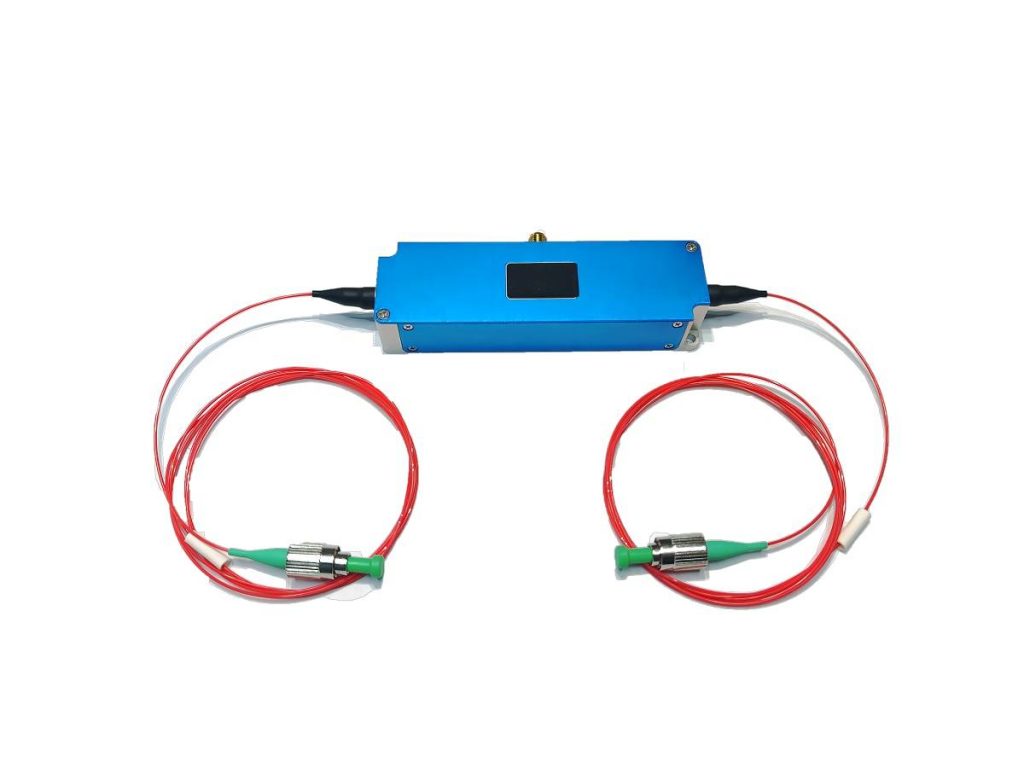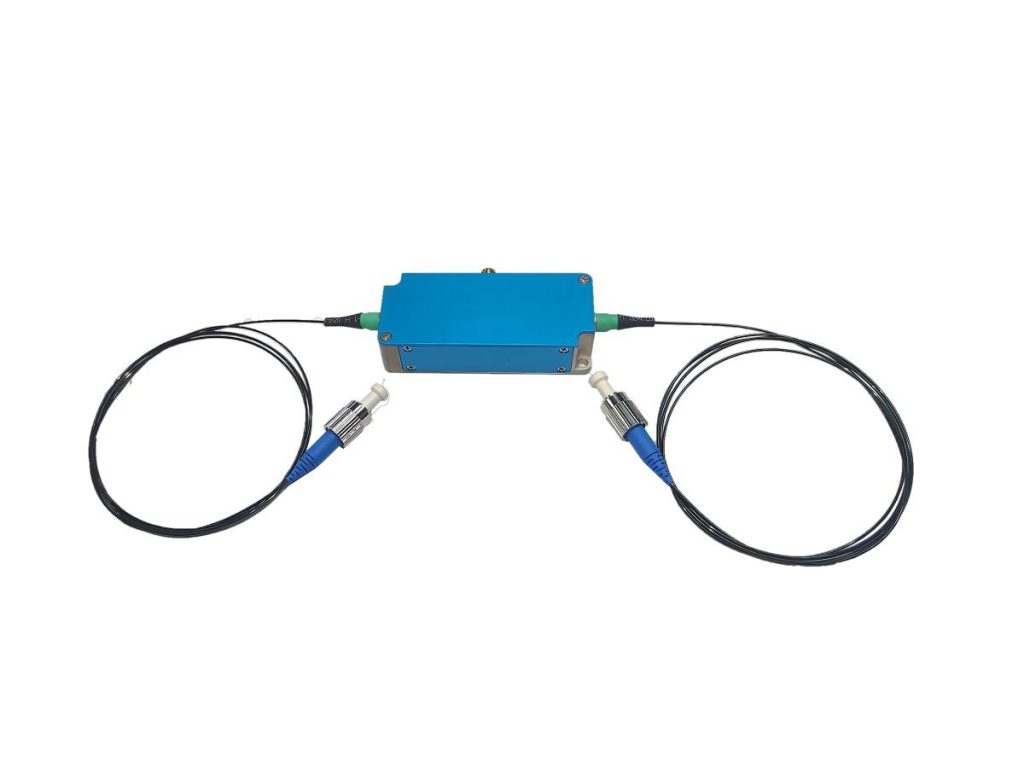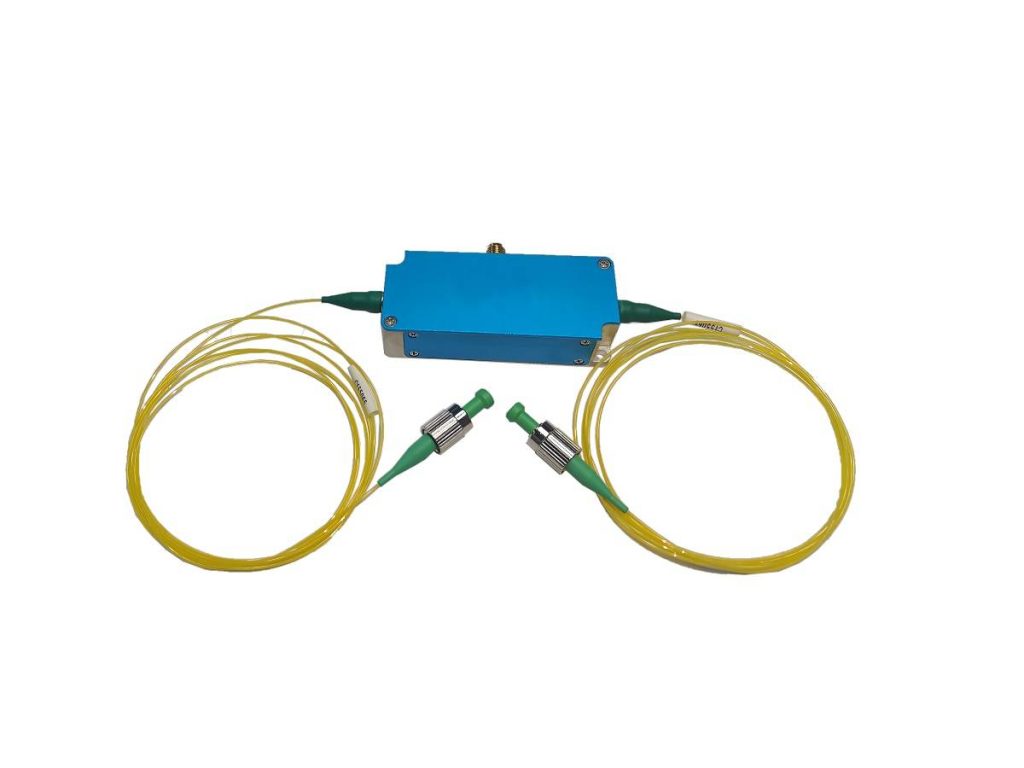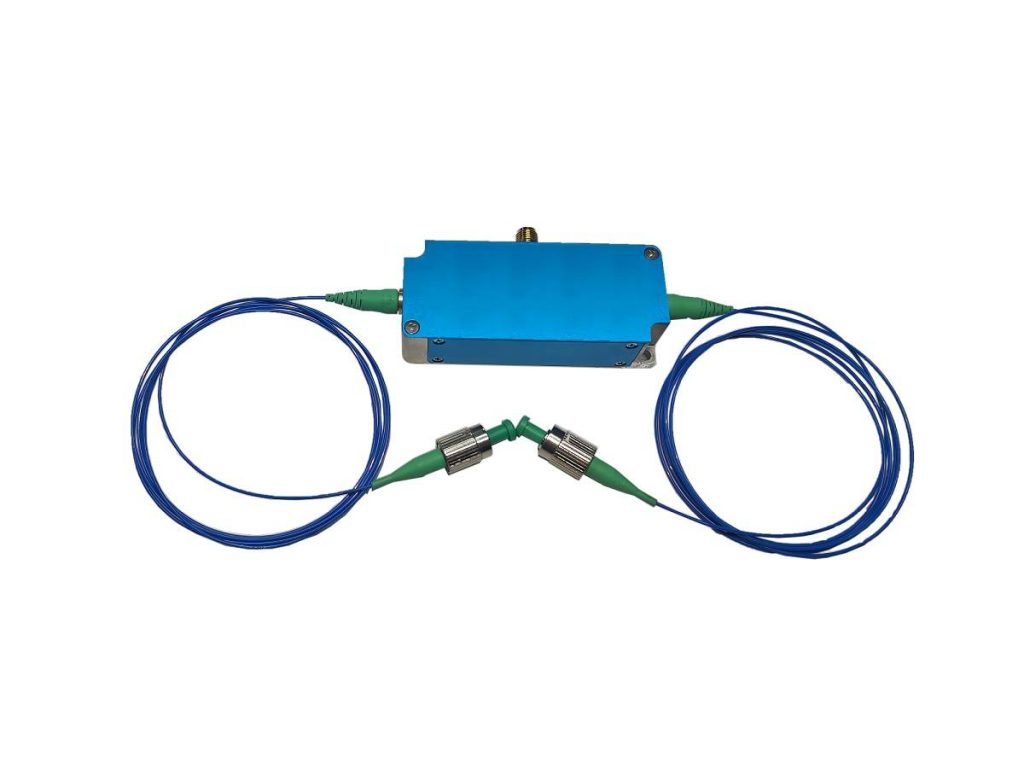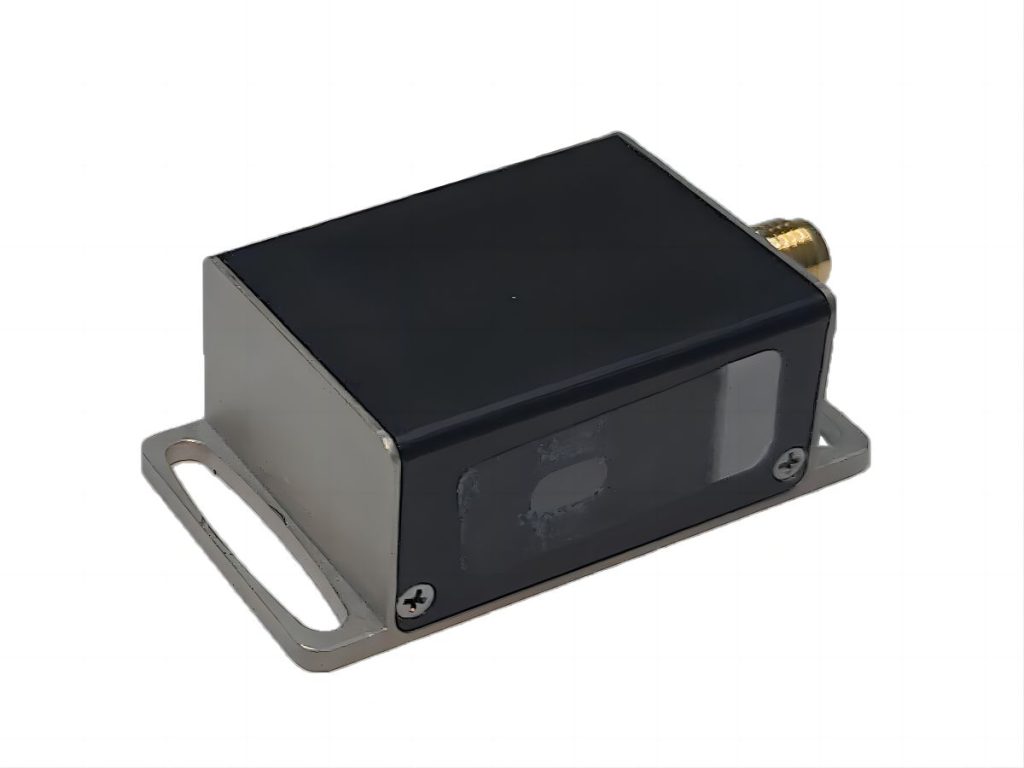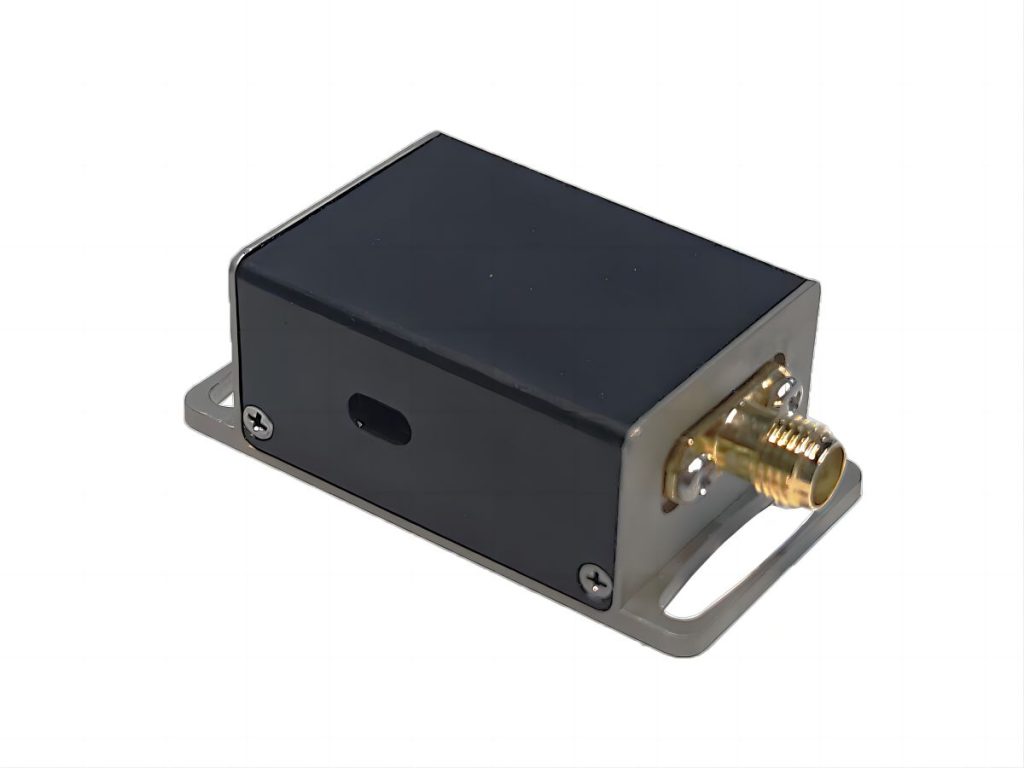Choosing the Right Acousto-Optic Modulator Drivers
Acoustic-optic modulators (AOMs) play an important role in the manipulation of light. However, AOMs do not operate in isolation. To achieve this level of light control, they rely on one critical component: the driver. The driver serves as an intermediary, translating electrical signals into the precise sound waves required by the AOM crystal. This, in turn, has a direct impact on the properties of the modulated light beam. However, not all drivers are created equally. AOM drivers are classified into two types: RF drivers and broadband RF amplifiers. Understanding each driver’s strengths and limitations is critical to selecting the best driver for your specific requirements.
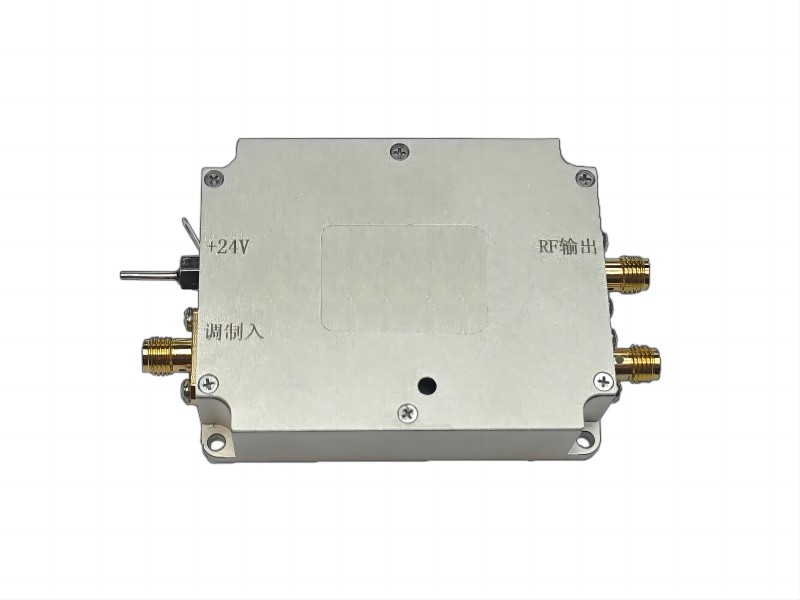
Understanding AOM Driver Types
| Feature | RF Driver | Broadband RF Amplifier |
| Definition | An electronic device that uses radio frequency (RF) electrical signals to control an acousto-optic modulator. | An electronic device that amplifies RF signals before sending them to an RF driver. |
| Role | Provides an electrical signal that activates a piezoelectric transducer within the AOM, resulting in a sound wave that modulates the light beam. | Increases the input signal strength to meet the power requirements of the RF driver and AOM combination. |
| Key Features | Operating Frequency: The driver’s RF frequency output range (for example, 40 to 200 MHz). For best results, match the AOM’s resonant frequency. Output Power: The driver’s electrical power output (for example, 1 watt). Determines the intensity of the sound wave produced by the AOM, as well as the depth of light modulation that results. Modulation Capabilities: Analog: Light intensity can be adjusted continuously using an analog input signal. Digital: Switches the light beam on and off in response to the digital input signal (TTL/CMOS). | Gain: The amount by which the amplifier boosts the power of the input signal (for example, 30 dB gain). Higher gain enables driving high-power AOMs. Bandwidth: The range of frequencies that the amplifier can effectively amplify (20 MHz to 300 MHz). The operating frequency of both the driver and the AOM must be considered. Noise Figure: The amount of noise introduced by the amplifier into the signal (expressed in decibels). A lower noise figure is preferred to maintain high signal fidelity in the modulated light beam. |
| Advantages | Compared to broadband RF amplifiers, this design is simpler and more cost-effective. Suitable for most basic AOM operation scenarios requiring moderate power levels. | Enables driving high-power AOMs with strong RF signals. Suitable for overcoming signal attenuation in long cables between signal source and driver. Light pulse modulation allows for faster rise times in specific applications. |
| Disadvantages | Limited output power may be insufficient for high-power AOMs. | In comparison to a standalone RF driver, this increases system complexity and cost. If the noise figure is not low enough, the signal may contain noise. |
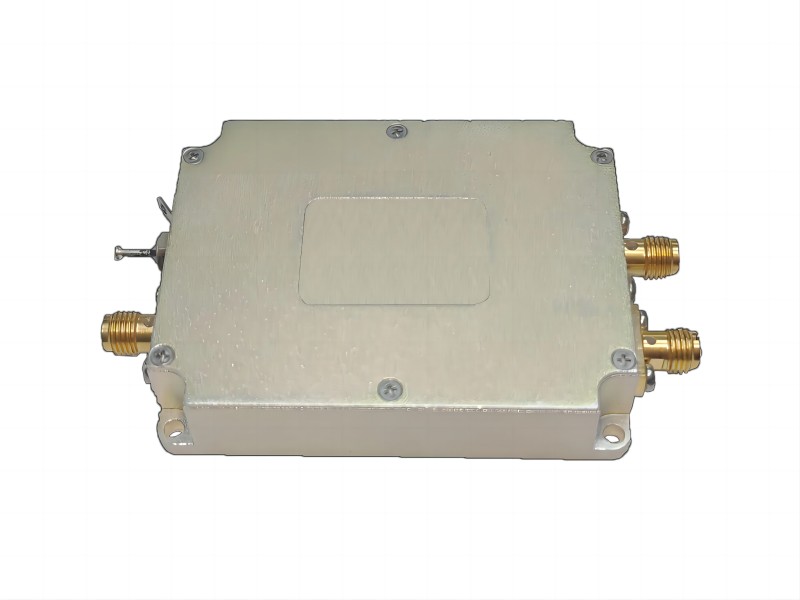
Choosing the Right Acousto-Optic Modulator Drivers
After discussing the key differences between RF drivers and broadband RF amplifiers, the next step is to choose the best driver for your acousto-optic modulator (AOM) application. Here are some important factors to consider.
Factor 1: Matching Driver to Application
Modulation Type:
- Continuous Wave (CW) Modulation: For applications requiring constant intensity modulation (such as light intensity control), either RF drivers or broadband RF amplifiers can be used. However, for basic CW applications, a simpler and less expensive RF driver may be preferred.
- Pulse Modulation: When dealing with pulsed light beams, variables such as pulse width, rise time, and repetition rate come into play. Because of their increased bandwidth, broadband RF amplifiers frequently provide faster rise times. This can be critical for applications that require high-speed pulse modulation, such as laser ranging or pulse shaping.
- Switching Speed: If your application requires rapidly switching the light beam on and off (digital modulation), the driver’s switching speed is critical. Consider the required switching frequency and the light pulses’ rise/fall times. Because of their wider bandwidth, broadband RF amplifiers may have faster switching speeds and thus perform better for high-frequency digital modulation.
Factor 2: Compatibility
It’s essential to ensure compatibility between the chosen driver and your specific AOM model. Here’s why:
- Operating Frequency: To achieve optimal performance, the driver’s operating frequency range must match the AOM crystal’s resonant frequency. Mismatched frequencies can result in inefficient light modulation and low signal strength.
- Input Impedance: To ensure efficient power transfer, the driver’s output impedance should match that of the AOM’s piezoelectric transducer. Some drivers provide adjustable impedance matching to improve this connection.
- Power Requirements: The driver’s output power must be sufficient to drive the AOM efficiently. AOMs require specific power levels based on their design and desired modulation depth. Insufficient driver power will result in weak light modulation.
Additional Considerations
- Impedance Matching: Even with compatible impedance specifications, minor adjustments may be required for optimal power transfer. Some drivers include built-in impedance-matching circuitry, whereas others may require external impedance-matching transformers.
- Control Interface: Drivers come with a variety of control interfaces, including analog voltage input for analog modulation and digital TTL/CMOS signals for pulse modulation. Ensure that the driver’s control interface matches the format of your signal source.
- Manufacturer Recommendations: Always refer to the AOM manufacturer’s recommendations for compatible driver models and specific operating conditions. They frequently provide pre-matched driver and AOM combinations to maximize performance.
By carefully considering these factors, you can select the appropriate AOM driver for your application and ensure optimal performance of your acousto-optic modulator system.
Conclusion
Controlling acousto-optic modulators (AOMs) requires both RF drivers and broadband RF amplifiers. RF drivers provide a more straightforward and cost-effective solution for basic AOM operation with moderate power requirements. However, broadband RF amplifiers have advantages such as higher gain, wider bandwidth, and faster rise times, making them suitable for driving high-power AOMs, overcoming signal attenuation, and achieving high-speed pulse modulation. The best driver for your application is ultimately determined by your specific needs. Consider the type of modulation, switching speed, and compatibility with your preferred AOM model. Operating frequency, input impedance, and power requirements are critical for achieving efficient light modulation. For more information on specific driver models and detailed selection guides, consult the resources provided by AOM manufacturers and vendor partners. They often provide detailed documentation and compatibility charts to help you choose the best driver for your acousto-optic modulator system.

